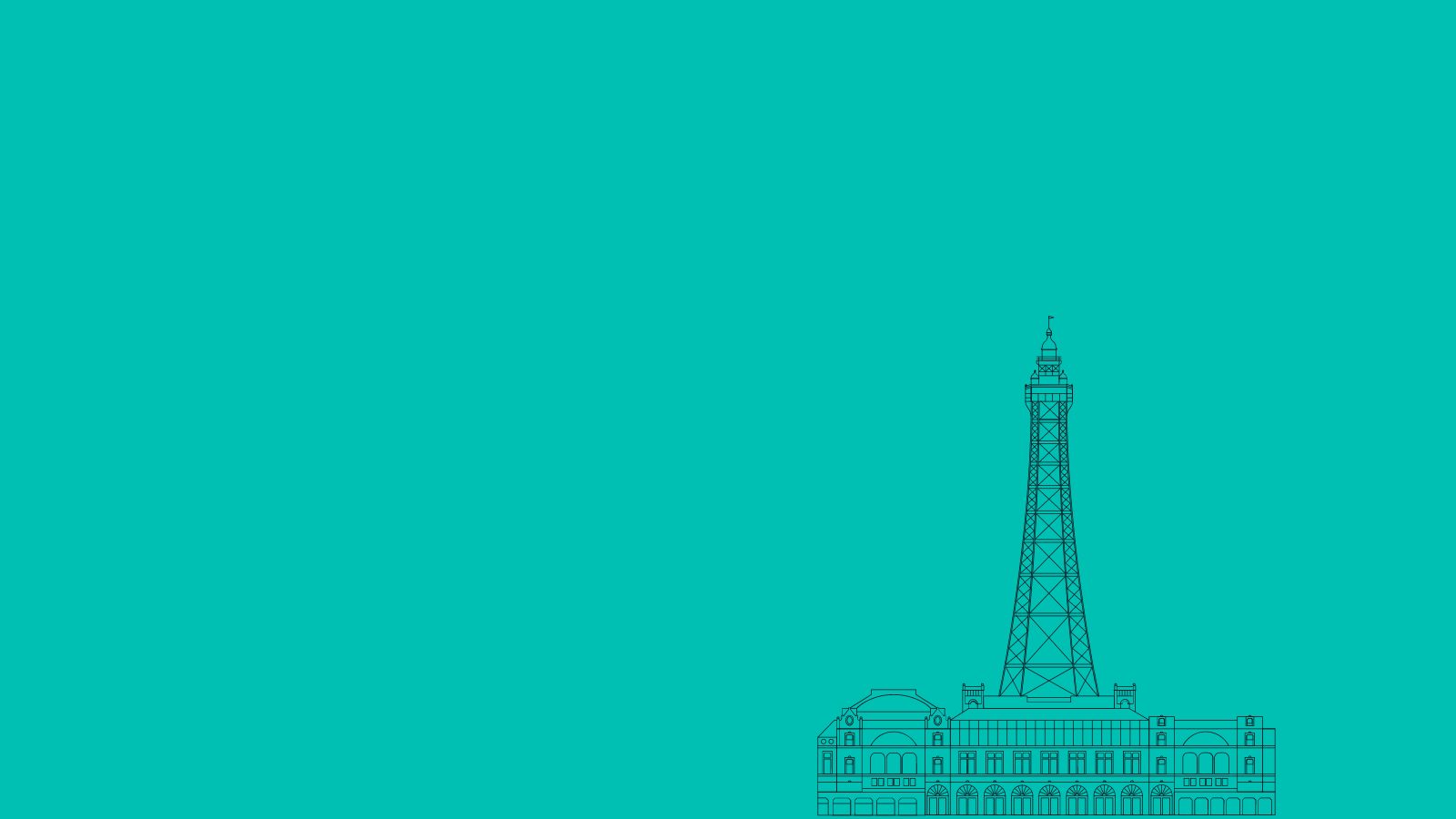By Juliette Gregson

A small piece of land at the top of Adelaide Street, at the junction with Lower King Street on the north side of the street was purchased by the Blackpool Masonic Hall Ltd on the 1 February 1888. The cost of this plot was £1700. Blackpool Masonic Hall Ltd had been incorporated on 2 December the previous year and 6000 £1 shares were issued.
Whitaker Bond, the landlord of the Stanley Arms, and Thomas Sankey, school master of St John’s School, owned the land. From the signature of the original documents it appears that the same Thomas Sankey was also the secretary of the Masonic Hall Ltd. Plans for building the Masonic Hall were passed in 1896. The right honourable Lord Skelmersdale laid the corner stone on 7 May 1898 and the building was officially opened by him, who was now Lord Lathom and the new provincial grand master on the death of his father on Saturday 23 September 1899.
A mortgage of £2500 was arranged at 3¾ % per annum, yet all the available land was not used in the building of the new Masonic Hall. A small plot was left at the corner of Adelaide Street and King Street, and also between the new Masonic Hall and the houses in Adelaide Street. This plot was sold to a Mr Esclome of Morecambe for £300 in 1900 and in 1919 was bought back, complete with a house for £1075. The house was then sold to Blackpool Trades Club for £1575 in 1920 and bought back from them in 1931 for £1605. The two new rooms on the left-hand side of the front door were made into one room and became an extension to the billiard room, which is now the dance floor. The room to the right was converted into an office for the secretary and it now the ladies’ toilets. Two bedrooms above the new extension were made into one room and served as practice room. The rest of the property was used as living quarters for the steward.
During the alterations to the building it is believed that the corner stone was moved to its present position on the lounge wall. As there is no minute book that covers this event, there is no record of it happening or that anything was found under the stone, if indeed it was moved. However, there are rumours that guinea coins were found during some alterations to this particular part of the building. Worshipful brother Arthur Foster, Deputy Provincial Grand Master, opened the extension on 22 April 1932. There appears to be a hollow section above the corner stone and in May 1999 a hole was cut into the wall above the commemorative stone to see if any artefacts were entombed. A time capsule was placed in the space and the void covered with another plaque.
In the early 1980s, when the club management committee decided that there was no need for a steward to live in, the staircase to the first floor was closed off and the first floor was rented to Roland Robinson’s solicitors, who already rented the two houses next to the hall owned by the Masonic Hall Ltd.
A bazaar was held in the hall in 1903 to enable the mortgage to be discharged and to raise money for charity. By 1914, of the 6000 shares issued, 3971 had been taken up and another mortgage of £2500 was taken out at the same rate of interest. At this time a valuation was made of the property, and the annual rent from the Masonic Club was £100 and the rent from Blackpool Billposting Company for advertising on the gable end was £12. The full valuation was £4050, comprising £3600 for the Masonic Hall and £450 for the plot of land at the corner of Adelaide Street and King Street.
During the period from the end of the First World War to the early thirties there was a great increase in the number of lodges consecrated. Sixteen new lodges were formed in the Fylde area and the Blackpool Masonic Hall was home to the majority of them. It was due to some extent to the extra income received from these new lodges that the mortgage was repaid in 1931. There is no indication in any of the deeds as to when the air raid shelter, which is under the main entrance steps, was built, but it must have been during 1940 when the threat of air raids was at its height.
Additional information and history have been provided by the curator of the ‘Museum of Freemasonry Blackpool’, Brother Martyn Jones.
